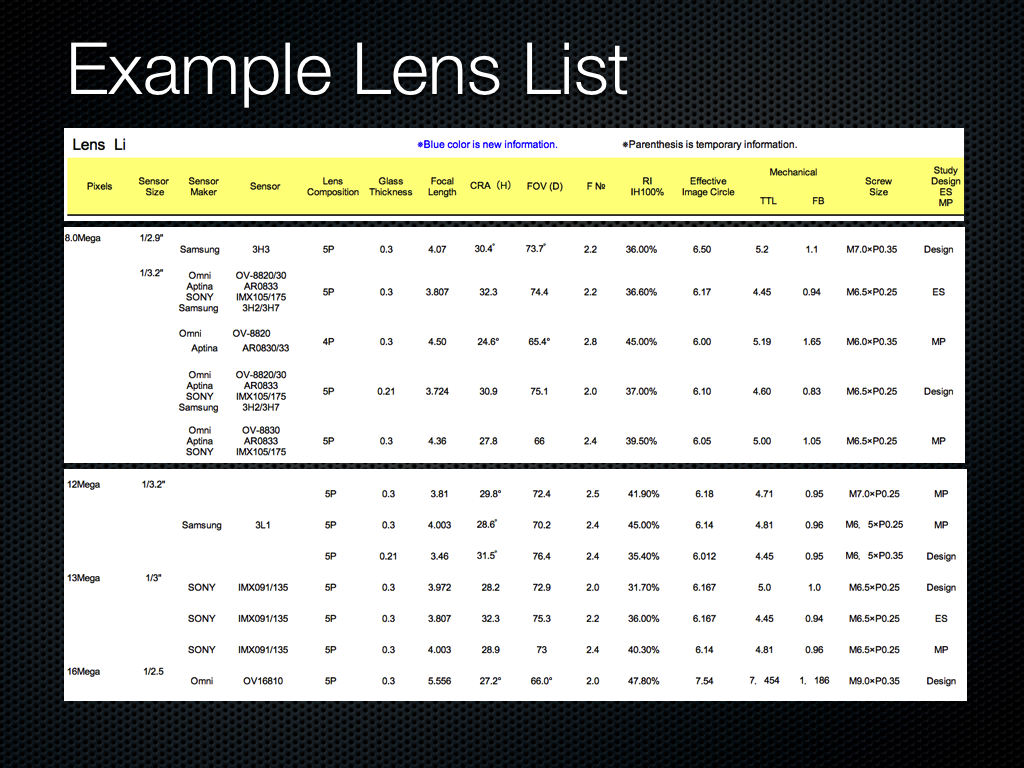Hands On With the Ricoh Theta S By Jim Fisher Sept. 4, 2015, 5:20 a.m.
http://asia.pcmag.com/ricoh-theta/5750/news/hands-on-with-the-ricoh-theta-s PCMag Asia | Consumer Electronics Reviews, Ratings & Comparisons | Digital Camera Reviews | Ricoh Theta | News Hands On With the Ricoh Theta S By Jim Fisher Sept. 4, 2015, 5:20 a.m. When it was released, the Ricoh Theta was a one-of-a-kind camera that captured the entire world around it with a unique spherical perspective. Since then there have been other attempts to capture similar images and video—the Kodak SP360 action cam captures half the perspective of the Theta, and the Google Street View app for iOS and Android guides you through the process of taking multiple images that are stitched together to capture the entire world around you. But as neat as the original Theta (and the Theta m15 that followed it and added 15fps video capture) was, image quality wa

